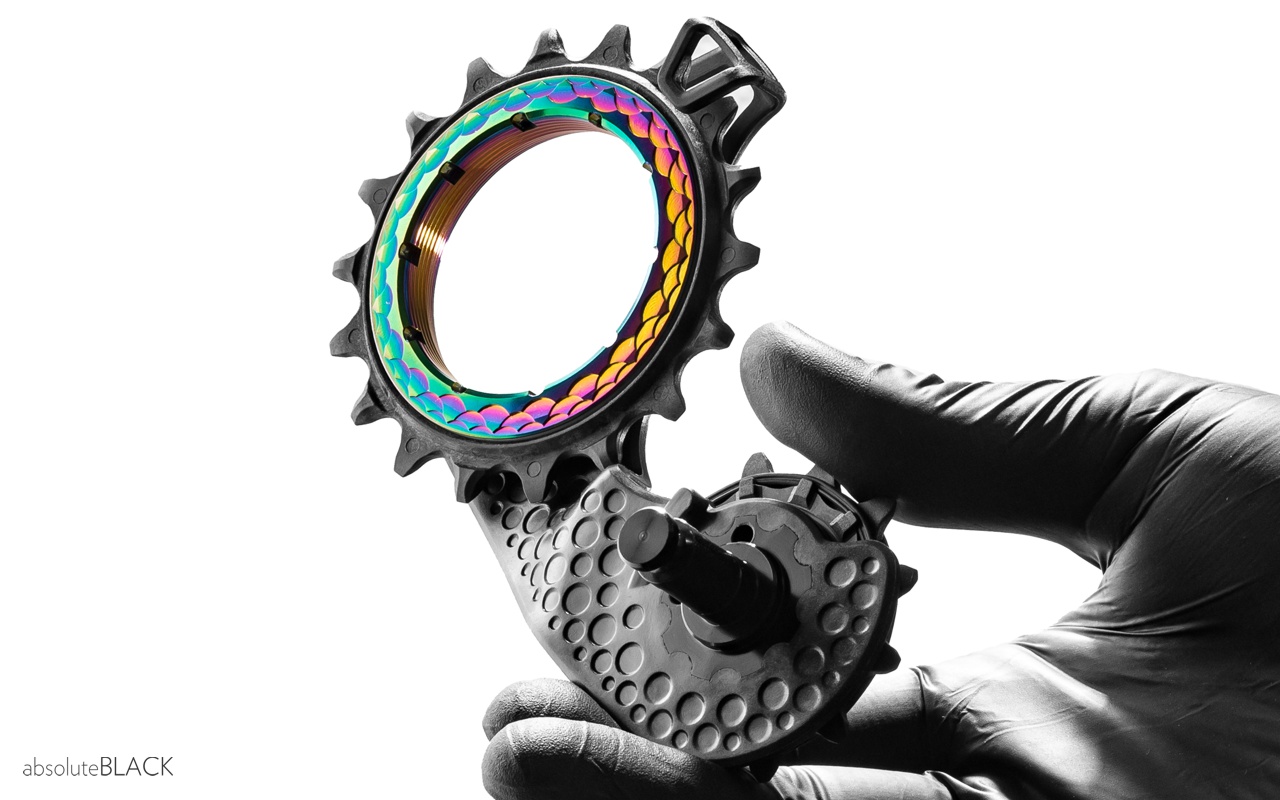Energy products are simple and effective, but real foods have their place in your back pocket too. And we’re not just talking bananas…
Gels formulated with oxygen-boosting nitrates, bars brimming with enough carbs to fuel a small army – cycling nutrition is a high-tech industry, but come your third hour of riding and even the best gels can feel like a let-down in the taste stakes.
‘Flavour fatigue is common when you have consumed too many energy products,’ says Mayur Ranchordas, senior lecturer in sport and exercise nutrition at Sheffield Hallam University, England. ‘They can also cause gut upset especially on longer rides. Supplementing energy products with real foods will help to alleviate this problem.’
Of course, we’re all used to real foods on Sunday morning rides – that’s why cafes were invented – but ‘real grazing’ shouldn’t be left solely to the mid-ride coffee shop. Slipping something homemade into your rear pocket is nutritionally and psychologically of benefit to all levels of rider. Just don’t overdo the spices…
‘When you’re training, your senses are higher so you don’t need too intense a flavour,’ says Dirk van Schalen, former head chef at Vacansoleil DCM. ‘I don’t know why but they are, and you can test the idea as follows: add glucose syrup and some water to lemonade. Taste it. When you go for a ride, do the same but only add half the syrup. You’ll find that both will taste the same.’
So what does this mean out on the bike? Before shrink-wrapped fructose became the norm, cycling’s history was peppered with tales of eating habits that were, at times, frankly bizarre. Take one of the finest Classics riders of all time, Sean Kelly. While racing for Belgian team Flandria in the late 70s, his DS, Jean de Gribaldy, used to tear out the middle of bread, leaving riders with just the crust because he thought it would reduce bloating. Or Tom Simpson, a man whose bottles used to gurgle to the sound of boiled cattle feed. His theory was that it would prevent stomach muscles from tensing up and using energy.
Eating and thinking
Today’s professionals, fuelled by a support staff that includes qualified dietitians, nutritionists and chefs, opt for a menu made up of whole foods rather than processed.
‘Most of our riders, including Joaquim [Rodríguez], have sandwiches with honey or ham during the race and training, and once they finish the stage, they tuck into jam tarts and rice,’ says Team Katusha’s Paulo Grillandi. At Vacansoleil, the riders were fans of van Schalen’s pancakes: ‘In the Tour de France, many of the riders had pancakes with caramelised sugar,’ he says. ‘You wrap them in foil and they love them. They also loved my rice cookies, which are sticky rice made into a patty with Nutella on top.’
Trek Factory Racing’s rising star, Bob Jungels, has his own personal favourite: ‘A homemade sandwich is always welcome when you’re out riding,’ he says. ‘I often have one with Philadelphia cheese, ham and strawberry jam.’
That might sound like something your 12-year-old kid would choose to eat, but Jungels knows what he’s doing. Ham provides protein and salt, while cheese offers a protein hit, though refrain from one whose aroma would offend the peloton.
And it’s not simply about the macro- and micronutrients either: ‘The greatest benefit of real food is that it’ll have a higher moisture content than many bought bars, making it easier to chew, swallow and digest,’ says Biju Thomas, former chef to Team BMC. ‘Even something simple like soft bread and jam is often better than a commercial bar.’
Thomas is on a mission to improve riders’ on-the-fly feeding habits and, along with Dr Allen Lim, has created Feed Zone Portables, a recipe book that prescribes homemade sweet and savoury 150-200 calorie snacks. These range from potato and leek frittatas to nut-butter cookies. ‘Each has a good water content,’ says Thomas. ‘If foods don’t, you have to supplement with quite a lot of fluid, which can lead to stomach issues, cramping, gas, pain and general discomfort.’
Keeping your energy levels up and gut in good order during a ride is not just a matter of what you eat, but how you cook it, too. Rob van der Werf, dietitian for Giant-Shimano, says, ‘For me it’s down to cooking time and how many times you chew that impacts more on how quickly the energy will enter your bloodstream. For example, cooking pasta for five minutes and chewing it twice before swallowing will mean it takes a lot longer to digest than if you cook it for 10 minutes and chew it 20 times.’
If cooking seems like too much hassle, you could always heed van Schalen’s suggestion and stuff your pockets with tomatoes. ‘Almost no one follows this advice,’ he says, ‘but I recommend to riders that they take tomatoes with them because they have a high water content and plenty of antioxidants. Pomodoro are best as they are relatively hard and won’t squash in your pocket.’
And if eating tomatoes doesn’t appeal, you could still improve your performance by raiding the allotment. Federico Bahamontes, winner of the Tour de France’s King of the Mountains title six times between 1954 and 1964, credits a childhood spent riding around with 68kg loads of fruit and veg from his father’s market for making him one of the finest climbers in history.



